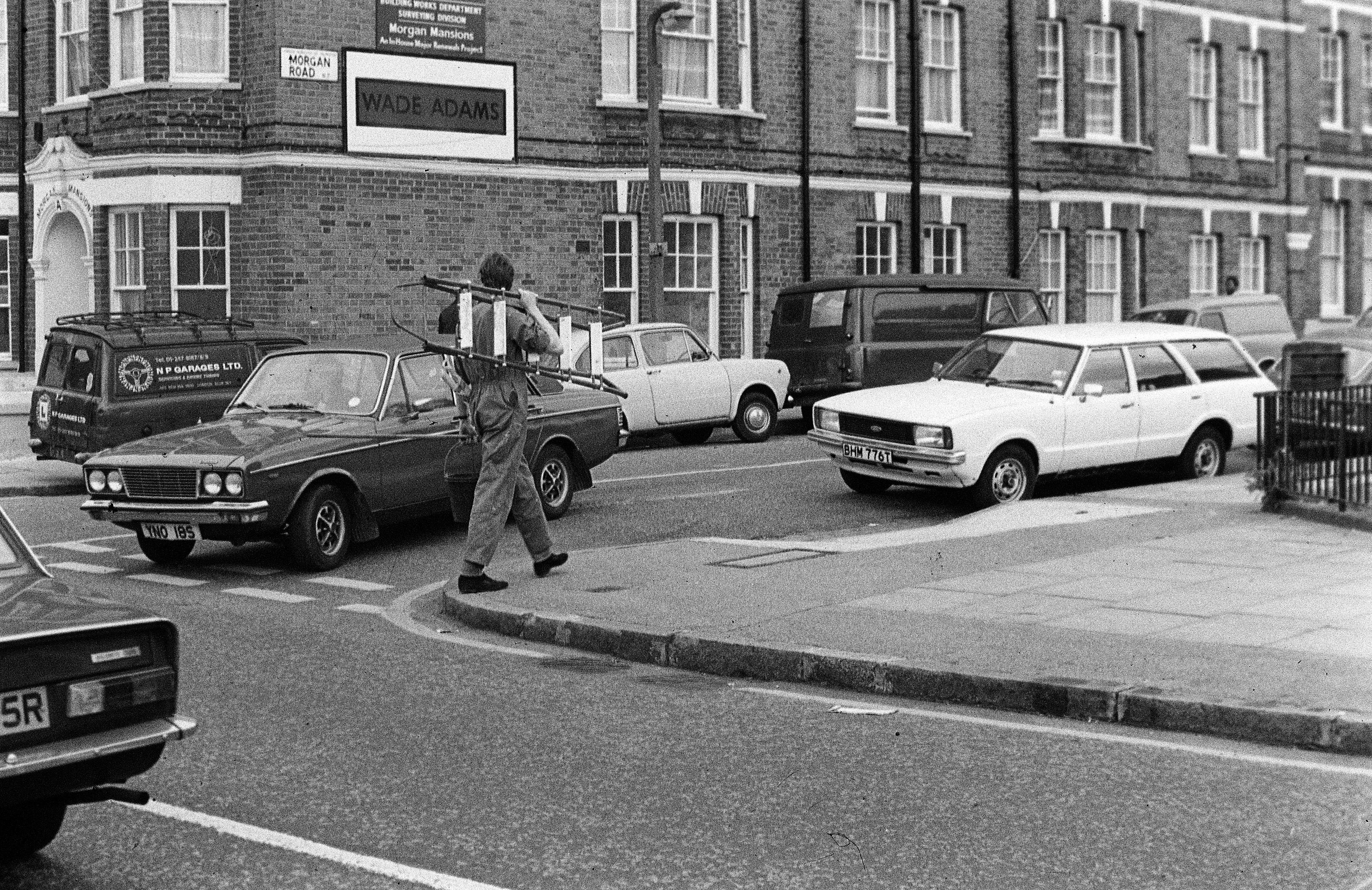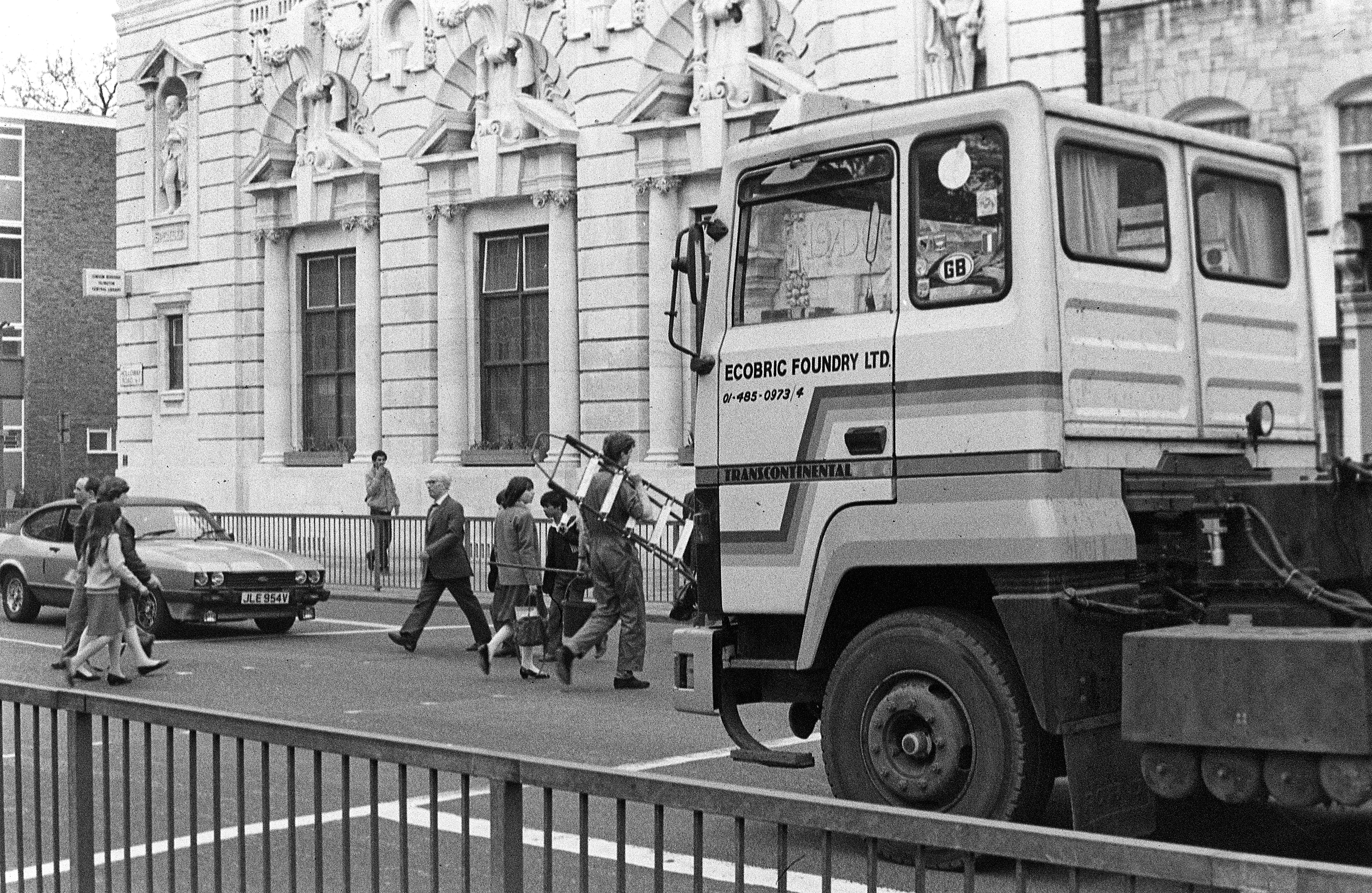
It's 1983 and it's general election time in the UK. I'm on my way to work, and as I walk down the Holloway Road in north London, I notice a billboard poster for the recently formed Social Democratic Party (SDP)*. I grin with wicked intent as I realise the opportunity that sits staring across at me above the traffic. The billboard, in black and white, consists of a central photo of the glorious ‘gang of four’ positioned in acres of white background space with the slogan, "At last there‘s another choice" running in a black strip along the bottom. An ingenious piece of marketing just crying out for a spot of citizen feedback.
I decide in favour of the ‘broad daylight approach’. Half an hour of letrasetting, photocopying and cut and paste later, and I'm back at the billboard site with a friend. I've equipped myself with overalls, ladder, bucket and paste, and clutching my prepared “intervention” I set about my task with an adopted air of nonchalance which I hope will be interpreted as the sort of attitude that reflects involvement in legitimate activity. My friend is across the road with a camera to record the results which we suspect will not outlive the day. I've underestimated the height. The ladder doesn't quite reach and so I can't position things where I had intended, but there's no time for perfection, I have to work quickly.




Not a example of radical graphic design, not graphic design at all really. Nor a revolutionary political act. Just an irresistible impulse but with a worthwhile tale to be told of fitting form and content – an expensive media campaign object ‘vandalised’ as an individual political act, albeit minor, informed by a personal history of ideas and commitments without which nothing would have taken place. But although little is possible without ideas, they are not in themselves enough.
Instead, it is in the way that ideas are conceptualised and expressed visually that gives them power – the 'how' rather than simply the 'why' or 'what'. Knowledge related to graphic design practice comes into play here. It's from the interest in visual languages and references that I draw my desire to craft my response; declining the immediacy of a spray-can and wanting instead to produce an intervention that is antithetic to the language with which the original has been constructed – thousands of pounds of ad agency fees, billboard site hire, large format screenprinting and political careerism versus a bit of letraset, photocopying, comic strip analogy and an eye for the absurd. No direct political slogans either. Why exchange one monopoly of perception for another? Instead, just something to burst this design-engineered bubble of political confectionery masquerading as democratic choice.

* The Social Democratic Party (SDP) was a political party formed in 1981 (expired 1988) by four senior Labour Party 'moderates', (dubbed the 'Gang of Four') who broke away from the Labour Party. They were Roy Jenkins, David Owen, Bill Rodgers and Shirley Williams. They gained a popular reputation for the high esteem in which they held themselves.